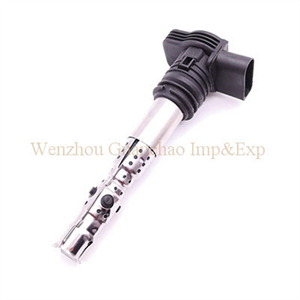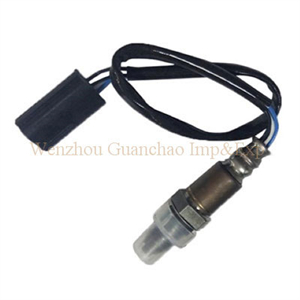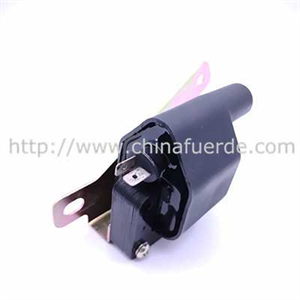Oil pressure sensor introduction
Datetime: 24/06/2019 01:00 Visit: 1555
The oil pressure sensor is a device that converts a pressure signal into an electrical signal through a piezoresistive effect. The oil pressure sensor is the most commonly used sensor in the industry. It is widely used in various industrial self-control environments, involving water conservancy and hydropower, engineering machinery, aerospace, transportation, petrochemical, machine tools, pipelines and many other industries. As an important part of the hydraulic equipment, the pressure sensor is used for pressure measurement and control. It can accurately measure the pressure to be measured and transmit the test results to subsequent displays or controls in a timely manner.
The oil pressure sensor is mainly composed of three parts: a pressure gauge, a transmission circuit and an electrical output interface. The basic structure of the pressure gauge is to sense the pressure change through the strip resistor. At the same time, the resistance change is amplified into a pressure difference through the Wheatstone bridge structure, and then transmitted to the transmission circuit for filtering and amplification. During the detection of oil pressure, the temperature change is unavoidable. Usually, a temperature-sensitive resistor is separately formed outside the four resistance bars of the Wheatstone bridge to synchronously detect the temperature change in the region where the sensitive resistor is located, which is corrected for the subsequent temperature drift. Provide temperature values. At the same time, in order to prevent the impact of oil pressure over-impact, some products make an inverted funnel-type inlet at the front end of the pressure-receiver, which can obviously avoid and reduce the influence of oil pressure overshoot.
Related Message
-
Car engine parts manufacturer tells you about the structure of automobile engine
2022-12-06 -
Difference between spark coils and ignition plugs
2022-11-28 - 2022-11-26
- 2022-11-17
- 2022-11-10




